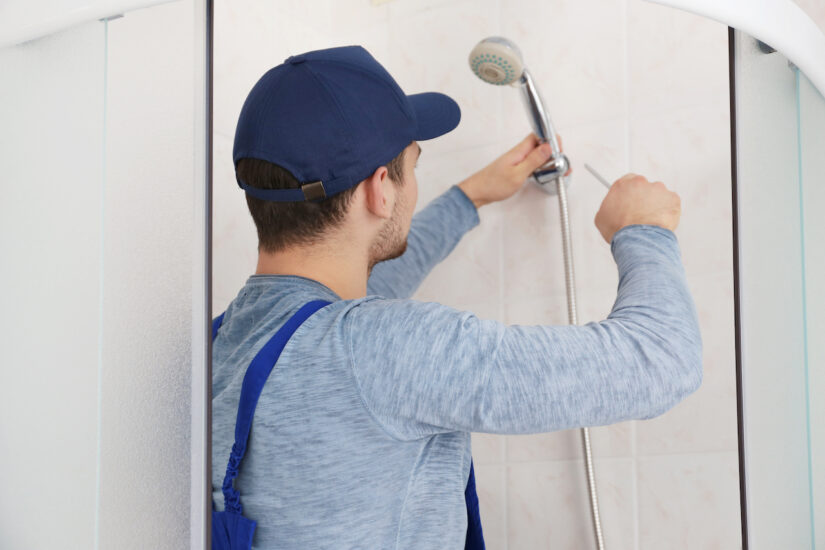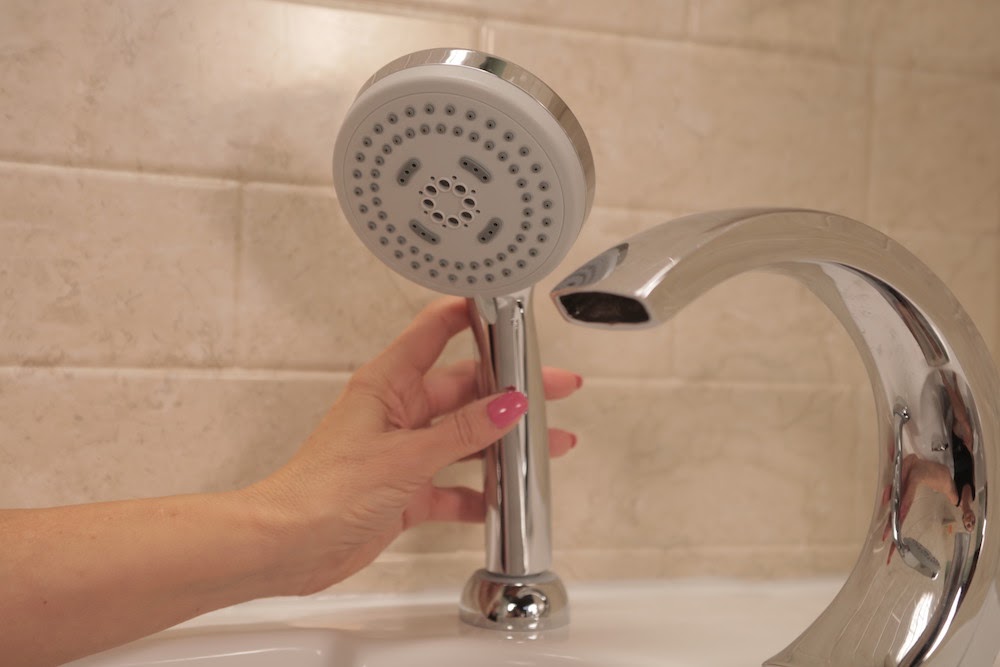{Visit We have uncovered the article pertaining to Hiring a Plumbing Company directly below on the net and figured it made good sense to talk about it with you over here. We recommend that you clean your acrylic bathing product made of Delta ProCrylic or Acrylic with Innovex Technology with non-abrasive soaps and cleaners, such as: When it’s time to clean, always use a terry cloth towel, soft cloth or sponge to avoid scratching the acrylic surface. Don’t use abrasive scrubbing pads, steel wool or sponges, cause permanent damage to the acrylic material. If you use a drain cleaner or clog remover, be sure to rinse thoroughly with water so no product is left standing near the drain. Some chemicals and cleaners may deteriorate acrylic surfaces, causing cracks and, potentially, property damage. To avoid this, don’t use cleaning products that state on their label that they are not suitable for use on Acrylic, ABS, Polystyrene or Plastic. Be sure to check the label of any product before you apply it to the surface; it’s easier to avoid damage than to try to remedy it. Chemicals we do not recommend using to clean acrylic showers/tubs: When you’re ready to apply sealant, a little planning goes a long way. Pick up some painter’s tape and use it to mask off the seam to help make cleaning up easier. When you’re applying the bead, use a constant, steady speed to avoid an uneven finish. Use a caulk tool or a plastic spoon to work the sealant into the joint. Wetting the tool with denatured alcohol will help create a smooth finish. Follow the directions on the back of the tube for cure time. Certain chemicals and cleaners may deteriorate acrylic surfaces, causing cracks and, potentially, property damage. After you’re finished applying it, clean up the product surface and remove any excess sealant with denatured alcohol. Don’t use solvents (turpentine, lacquer thinner, mineral spirits, paint thinner, MEK, xylene, acetone, naphtha, etc.) that can wreak havoc on an acrylic surface. With a little care and consideration, you can prevent damage to your acrylic shower or tub. Keep a supply of soft cloths handy and remove any damaging products or abrasive scrubbing items from the bathroom to ensure they aren’t around when it’s time to clean. https://www.deltafaucet.com/design-innovation/inspiredliving/how-to-clean-acrylic-shower As a devoted person who reads about Finding the Right Plumbing Expert, I figured sharing that piece of content was smart. Loved our write up? Please share it. Help someone else locate it. We take joy in reading our article about Finding the Right Plumbing Expert.
Polymer baths, shower trays, as well as various other acrylic washroom ware have actually become much more typical in washrooms in current times. Not as durable and stylish as enamel and also porcelain bathrooms and also components, they are a lot more inexpensive and offer rather a lot the exact same basic purpose. Some usual instances of damage to acrylic bathroom components consist of discoloration, cracks, openings, and so on.Bath Staining
With extended usage of acrylic bathrooms comes staining or discoloration. While some spots can be removed quickly, making use of special chemicals, others need that the bathroom be resprayed. Aromatherapy oils loosen the dirt in some cases therefore recovering the bath to its former splendor.Chemical Reactions
Occasionally, people attempt to repaint the whole surface area of their acrylic bath on their own either because they do not like the color to hide blemishes. When they do not like the result, they use paint eliminators. You should never ever make use of paint remover on acrylic baths. Paint removers do not respond with the surface area of metal bathrooms, they damage acrylic baths irreversibly. This produces a lot more benefit the professional. The best course of action here is to call a specialist for help with replacing the bath.Scratched shower or bathroom surface
Polymer washroom components are not abrasion-resistant like enamel varieties. Being a really soft material, acrylic scratches can even be concealed without coating or filling. For these, you should look for specialist assistance for your bath repair work.Cracked Polymer Baths
The life-span of acrylic and fiberglass baths is up to 15-20 years for shower pans as well as bathrooms, generally. Splits in an acrylic shower tray are possibly amongst the easiest problems to repair for a repair expert. This is the exact same for PVC, material, as well as other such materials.
Acrylic baths, shower trays, and also various other acrylic washroom ware have actually ended up being much more common in bathrooms in current times. With long term use of acrylic baths comes staining or discoloration. You should never ever utilize paint remover on acrylic bathrooms. Paint cleaners do not react with the surface of metal bathrooms, they damage acrylic bathrooms irreversibly. The life expectancy of acrylic and also fiberglass baths is up to 15-20 years for shower frying pans as well as bathrooms, typically.How to clean Acrylic shower
USE THESE NON-ABRASIVE CLEANERS
DO NOT USE THESE CLEANERS
Sealant Application Tips

Schedule
5 Solutions to Acrylic Shower Room Problems
Call Today